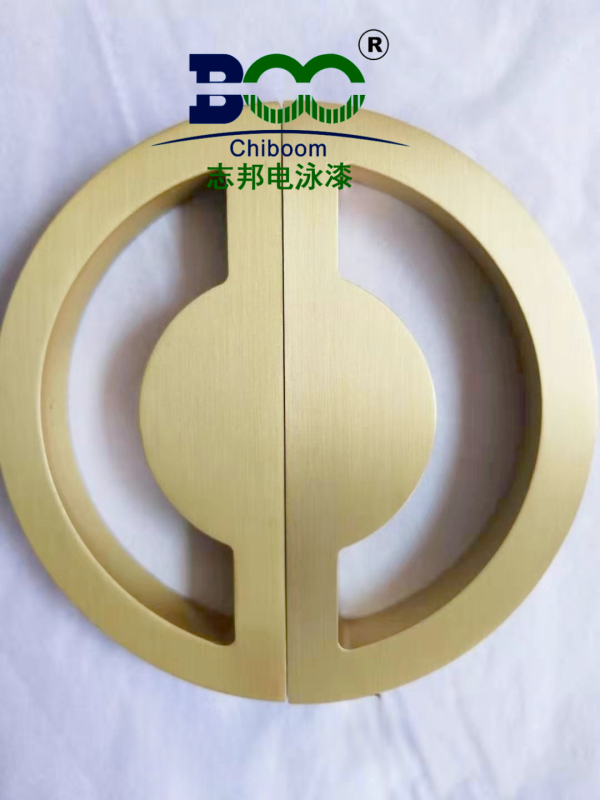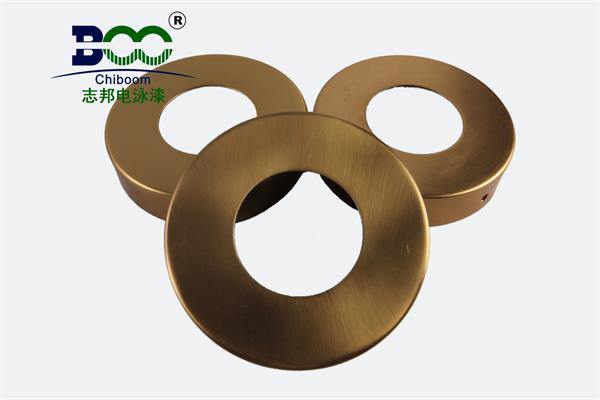What are the uses of electrophoretic paint?
In the vast arena of modern industry, electrophoretic paint stands out with its unique charm, cloaking metal surfaces with a dual shield of corrosion resistance and aesthetics. More than just a coating, it represents the harmonious fusion of technological advancement and environmental consciousness, finding widespread application in automotive manufacturing, household appliance production, electronics, and numerous other sectors, becoming an indispensable component of modern industrial practices.
Electrophoretic paint, as the name suggests, involves the process of uniformly adhering paint to metal surfaces through electrophoresis. This process necessitates the creation of a uniform electric field on the metal surface, enabling charged particles within the electrophoretic paint to migrate and deposit under the influence of the electric field force, ultimately forming a dense and uniform coating film. This film boasts exceptional corrosion resistance, effectively guarding against environmental erosion and prolonging the lifespan of metals. Furthermore, it enhances the decorative appeal, imbuing metal surfaces with a rich palette of colors and gloss, elevating the overall aesthetic of products.
Within the automotive manufacturing industry, the application of electrophoretic paint is particularly prevalent. The automotive body, a collection of metallic components, relies heavily on its corrosion resistance and aesthetics to maintain overall quality and market competitiveness. Electrophoretic paint, with its high throwing power, adhesion, and corrosion resistance, emerges as the premier choice for automotive body painting. Through the electrophoresis process, electrophoretic paint evenly coats every aspect of the body, including hard-to-reach crevices and corners, forming a robust protective layer. This layer not only safeguards against rust and corrosion but also enhances the body's gloss and texture, contributing to a more visually appealing vehicle.

Beyond automotive manufacturing, electrophoretic paint also plays a pivotal role in household appliance production and electronics. As consumers' expectations for the appearance and quality of these products continue to rise, the application of electrophoretic paint has expanded. It not only provides lasting corrosion protection but also adjusts the color and gloss of the paint to meet design requirements, achieving personalized decorative effects. Simultaneously, the environmental performance of electrophoretic paint aligns with modern industry's green production mandates, supporting enterprises' sustainable development.
It is noteworthy that as technology advances and environmental awareness grows, electrophoretic paint technology continues to innovate and improve. From initial anodic electrophoresis to modern cathodic electrophoresis, from single-component to dual-component electrophoretic paint, the performance of electrophoretic paint continues to soar, with its application scope expanding accordingly. Additionally, the development and application of novel electrophoretic coatings have infused new vitality into electrophoretic technology. These coatings exhibit enhanced throwing power, adhesion, and better environmental performance with lower energy consumption, safeguarding the sustainable development of electrophoretic technology.
In conclusion, electrophoretic paint, as an advanced coating technology, plays a crucial role in modern industry with its remarkable corrosion resistance and aesthetic appeal. As technology progresses and environmental consciousness intensifies, the application prospects of electrophoretic paint will broaden further. We have every reason to believe that in the days ahead, electrophoretic paint will continue to cloak metals with a dual shield of corrosion protection and aesthetics, contributing significantly to the advancement of modern industry.





 WeChat
WeChat